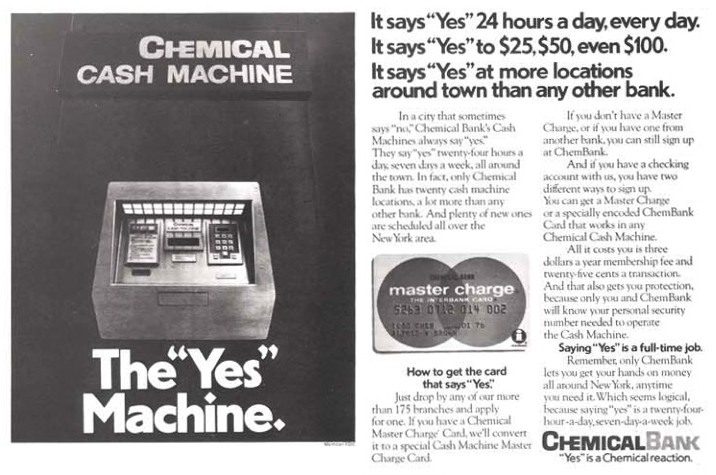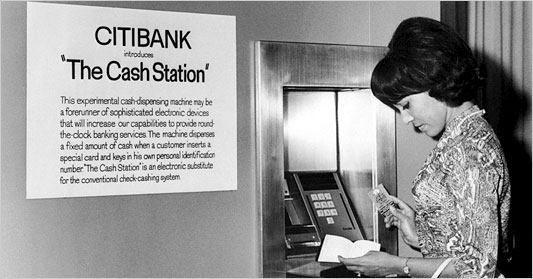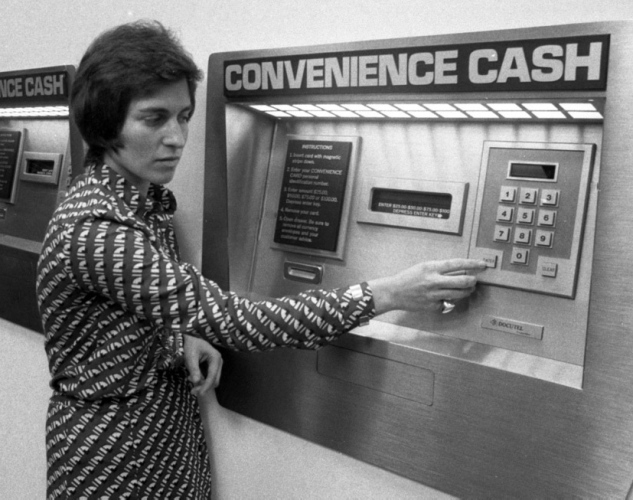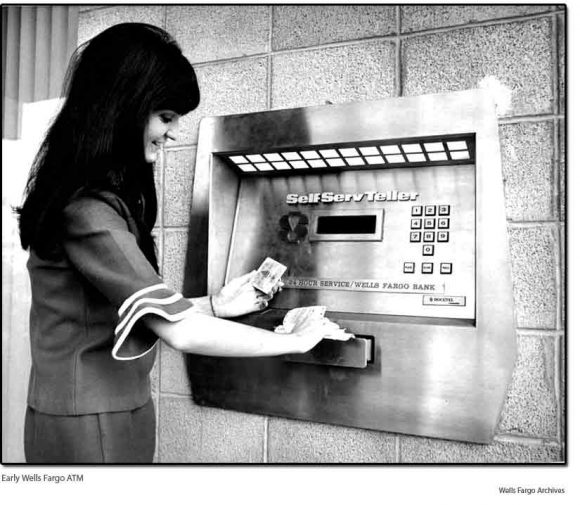ATM cards began in 1967
The first actual ATM cash dispenser was inaugurated in june 1967. The Barclays used a De La Rue machine (called De La Rue Automatic Cash System or DACS) but instead of a card, a check or voucher was inserted into the machine.
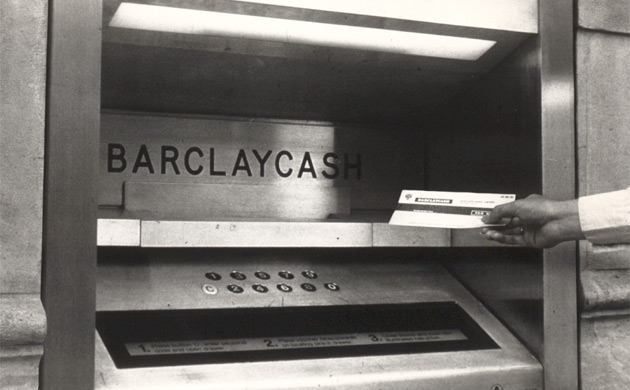
The Swedish saving bank used an ATM called Metior's machine (a device called Bankomat) just nine days after the Barclays demo, and just prior to the Westminster Bank’s Chubb ATM (MD1)
In the next week or weeks, these two new devices were also field tested respectively in Sweden and UK.
The machine manufactured by Chubb (the MD1), was first introduced in London using slightly shorter and thinner (than ISO) Punched cards.
The Swedish Bankomat, also used punched cards of a very different configuration (see below) and of ISO bank card standard. It was produced by the Metior company in Sweden, founded by Securitas, and Tetra Pak.
Shown here is a Natwest Chubb card, and a Metior Bankomat Cash card from Israel. We are looking for other test and issued cards from these technologies for the reference collection. (Also the Securitas Passeringskontroll, and Tankomat cards 1964 and 1965)
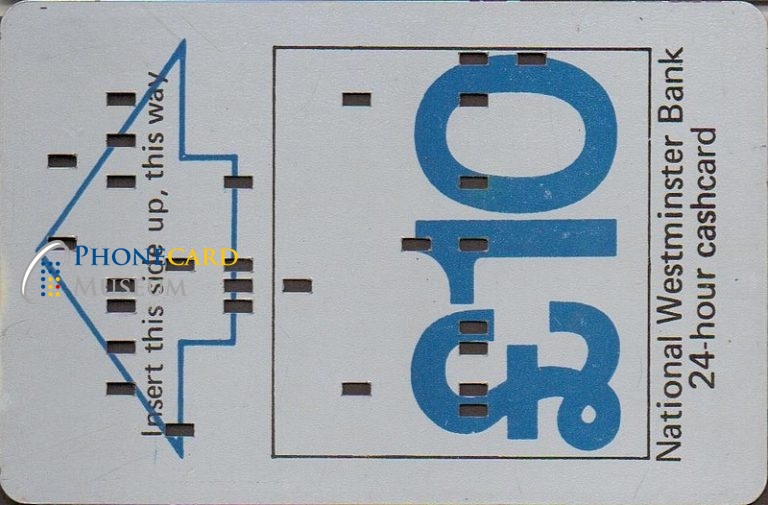
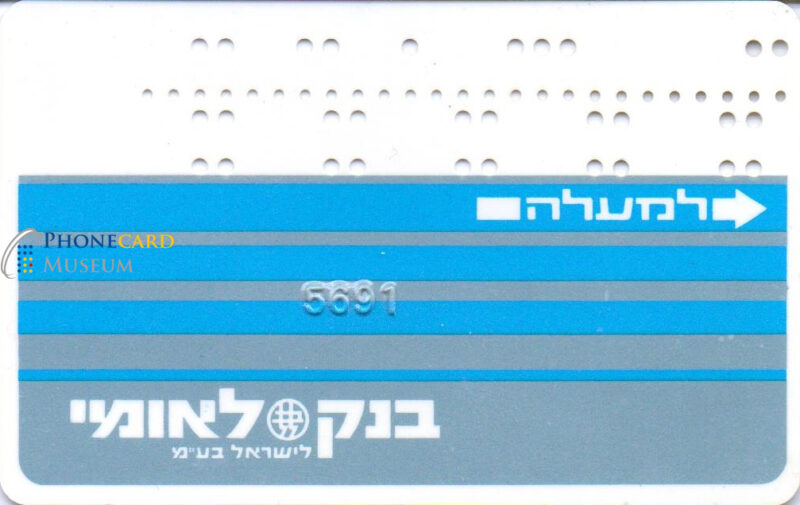
The Chubb MD machines, invented by Mr. James Goodfellow, had a number of security features intrinsic to the card design.
Westminster Bank were the first to introduce the MD1, and issued cards to account holders in London, who could use a single card to withdraw 10 pounds. See the video: Chubb MD1 1967
In Sweden, the Bankomat was introduced on July 6th at the Sparbank in Uppsala. It initially operated as an OFFLINE system, as did the Chubb MD Machines.
Whereas the Chubb system dispensed a fixed amount (often 5 notes in a paper sachet), the Bankomat offered 1 to 5 note selection. The Chubb machine retained the card, but the Swedish machine forced the owner to remove the card before the money was dispensed from an internal cassette. Both machines required PIN number. (comparator number)
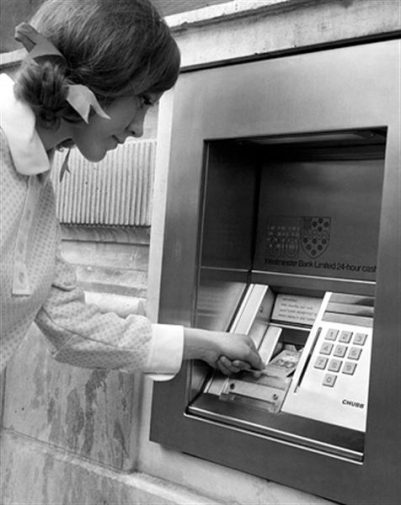
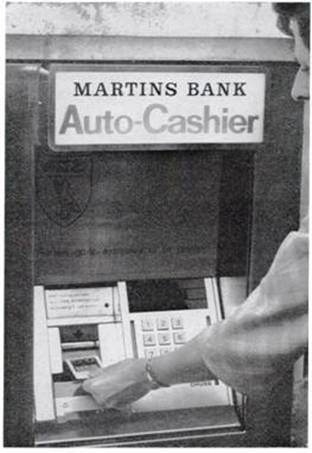
Martins Bank followed quickly, installing 3 of the MD1, before being merged with Barclays Bank.
Bank of Scotland issued cards were set up to dispense 5 pounds.
Both systems enjoyed success in a number of countries inn Europe. The Bankomat was trialed by a number of banks in USA, and Chubb cards are known from Brasil, Angola, and Venezuela.
We are looking for examples of Chubb cards from a number of different UK banks, as well as other countries. Martins bank, Bank of Scotland, and Williams and Glyn's are a few of the known UK banks, but also the Australian, Venezuela, Angola, Brasil cards.
Also we hope to increase the Museum collection of Bankomat cards.
Please Contact Us
CHUBB card operation:
The Chubb card was MBCD punched (modified binary coded decimal) with account information, and magnetically charged on the leading edge to open the shutter. The customer also used a 6 digit verification PIN (also proprietary to Mr. James Goodfellow) before cash was dispensed. The card was retained for manual debiting the next banking day by staff of the bank. Banks did not have the equipment initially to read the card information, so in the early stages, the account holder and numbers were hand written, or printed on the reverse.
Interestingly, while the PIN was initially 6 digits, after assessing the customer risk, it was reduced to 4 digits on ATM systems like Chubb MD range. A compromise, in keeping with the memory limitations of the average human mind.
A Chubb made machine (MD1) installed by the Commercial Banking Company of Sydney, appeared in central Sydney in 1969. This was the first cash machine installed in Australia. People could only receive AUD $25 in one fixed transaction and the card was returned to the user later, after the bank had processed the withdrawal. A 1969 Today Tonight current affairs news report is excellent to watch:
ATM Australia 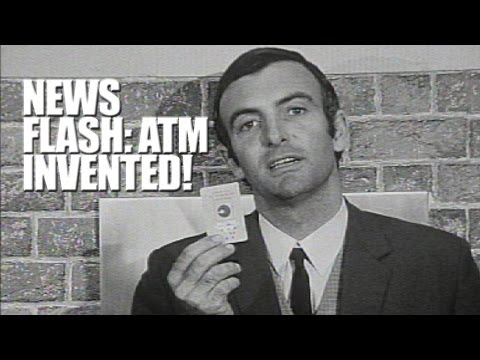
. The online version of the Swedish machine was used on 6 May 1968, supposed to be the first online cash machine in the world. Speytec and Midland Bank developed a fourth machine which was used about 1969 in Europe and the US by the Burroughs Corporation.
ATM dispensers from Chubb, De La Rue, and Swedish Metior, soon were being used in many countries.
Chubb installed machines (under company Ducerf) for Societe Marseillaise De Credit, which dispensed fixed amount of 200FF. This is probably 1968-1969 using the MD1 device. BNP (Banque Nationale De Paris) also introduced the Chubb machines dispensing 250FF.
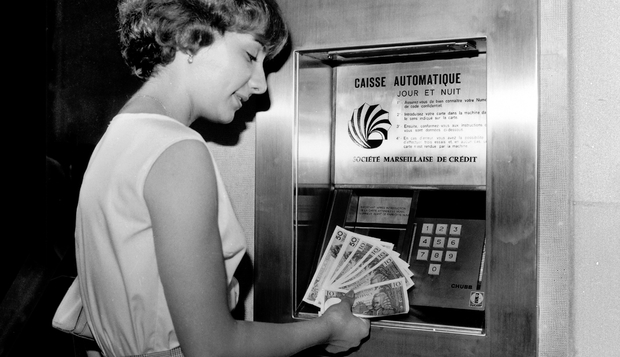
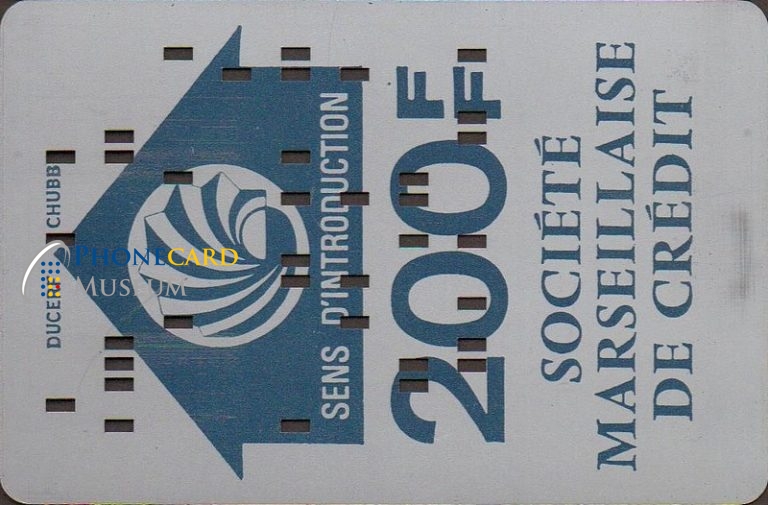
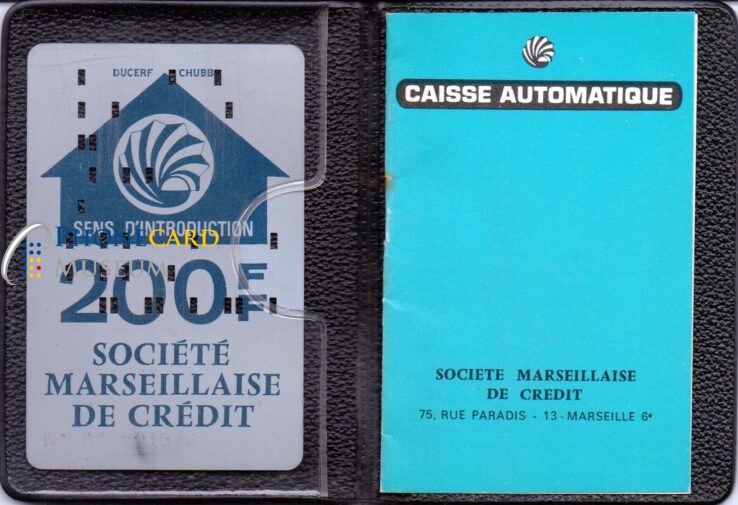
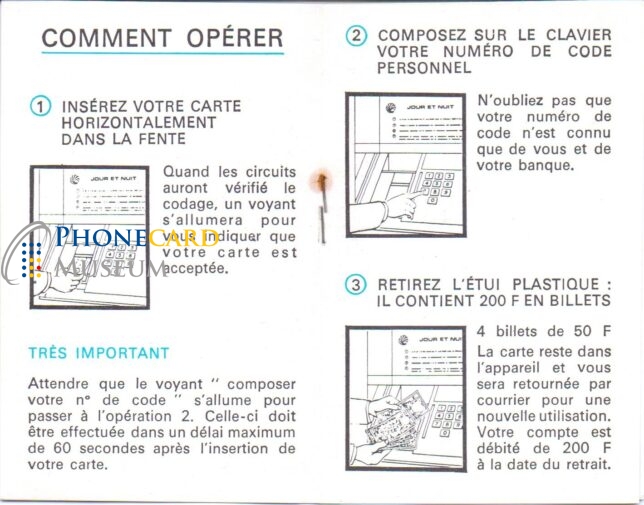
Chubb was also active in Brasil for some years with the MD machines, this card showing the MD3 as the current model in use most likely 1970-71.
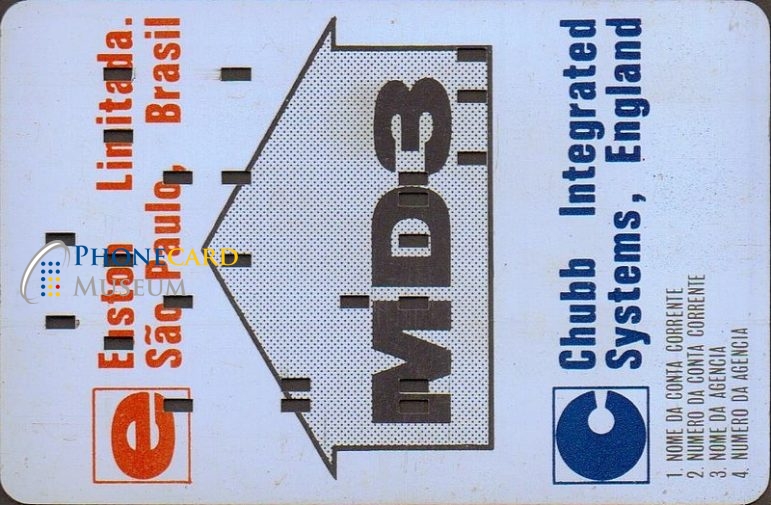
Asea Metior's Bankomat was the first cash machine installed in Spain on January 9, 1969 in downtown Madrid by Banesto. This device dispensed up to 5 of the 1,000 peseta bills. In March of 1969 an advertisement with Bancomat instructions was published by newspaper.
On September 2, 1969, Chemical Bank installed the first cash machine in the US at its branch in Rockville Centre, New York. The first cash machines were designed to dispense a fixed amount of cash when a user inserted a magnetic stripe coded card. A Chemical Bank advertisement boasted "On Sept. 2 our bank will open at 9:00 and never close again". Chemical bank's ATM, initially known as a Docuteller, was designed by Donald Wetzel owner of Docutel. Bank executives were at first skeptical about the ATM machines given the high cost purchase and installation.
